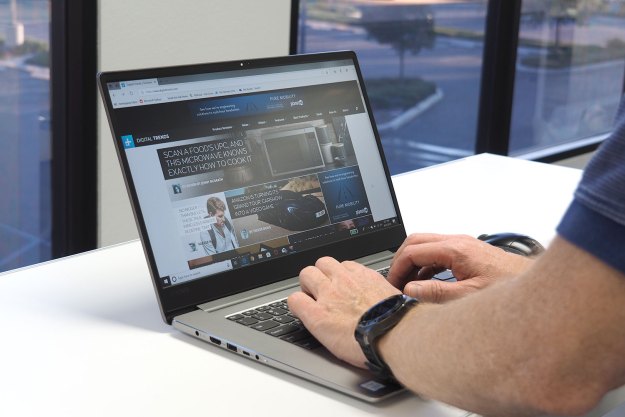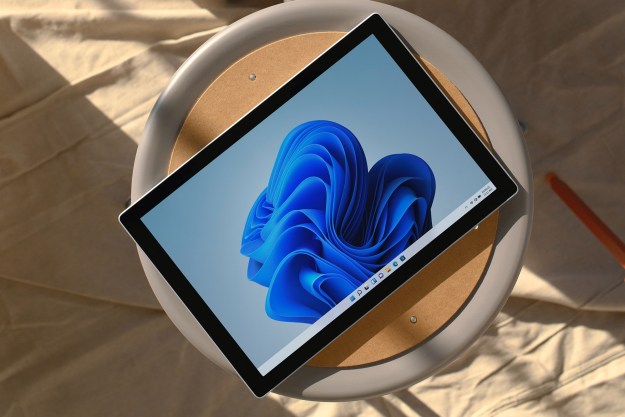
“We believe that connectivity the way it exists today is broken,” John Lyotier, CEO of Rightmesh, told Digital Trends. “Internet accessibility and connectivity is a human right, yet we are not letting people connect.”
That sounds like a bold statement. Yet Lyotier is only saying what everyone already knows. People across the globe seem keenly aware that today’s internet isn’t as open as it once was. From state-enforced bans to private monopolies, the open internet’s enemies are many, and gaining ground.
What sets Rightmesh apart from the rest of us, though, is what it intends to do about it. The company has a plan to roll out internet to places it’s normally unavailable (or too slow to use), and is aggressively bringing it to fruition.
Does what it says on the tin
The solution is in the name; a mesh network made of devices people already own like smartphones or, in some cases, IoT devices. To be clear, we’re not talking about the sort of mesh you can set up at home with a few Google Wi-Fi routers. This is a more robust and complicated mesh which could consist of up to 100 devices.
A mesh makes sense because it bypasses the need to deploy expensive infrastructure.
“The world assumes that everything must go up to the Internet at all times, which is not always the case,” said Lyotier. He gave the example of a classroom, where students are within a few feet of each other. The internet forces use of expensive infrastructure even when a recipient is only a stone’s throw away. “The moment the send button is pushed the logic goes, take this packet of data, go up to the internet, out to the other side of the classroom, then deliver that message down.”
Not so with Rightmesh. That message could instead be delivered device to device using Bluetooth or Wi-Fi. It’s not only more efficient, but also makes connectivity possible when the internet either isn’t available or – as is often true in areas just beginning to build out internet connectivity – there but too slow to be of practical use.
That’s not to say Rightmesh wants to abandon or bypass the internet entirely, however. Lyotier recognizes the internet is the best efficient way to connect over long distances. The mesh is not a replacement (not yet, at least) but instead a better way to bridge the gap. Communication across the mesh is possible with out the internet and, when the internet is accessible to any device in the mesh, it can be shared with all of them.
Giving people reason to share
While sharing resources over a mesh makes sense, it only partially solves the problem. Rightmesh intends to operate in places with minimal internet connectivity, and as with any scarce resource, that means internet access becomes expensive.
“It’s not that the telecom companies don’t know they’re there. It’s just that it’s really hard for a telecom company to invest […] when it doesn’t make economic sense to do so,” said Lyotier.
Anyone sharing internet access across a mesh would likely see serious usage bills.
While sharing resources over a mesh makes sense, it only partially solves the problem.
That’s where cryptocurrency comes in. Rightmesh thinks crypto could give be exactly what’s needed to incentivize sharing internet over a mesh. RMESH, the platform’s token, could be distributed to people who share their internet access, providing them reason to not only share but, depending on how profitable the currency becomes, actively seek out ways to share more.
“We needed to find a way to incentivize the right behavior,” Lyotier said. “The launch of the cryptocurrency has occurred, we’re in the process of minting our tokens as we speak.”
Giving people a reason to share isn’t the only path Rightmesh is pursuing. It’s also looking for ways to expand compatible apps and encourage developers to code apps specifically for mesh networks. Strong developer support is a must-have if mesh working is to gain traction for an obvious reason — most code apps for use with the internet. Rightmesh can build a mesh, but it won’t be much use if software can’t work with it.
“We are looking at releasing our software development kit into the public,” Lyotier told us. “We are looking at public beta of the SDK this fall. That’s the next big milestone.”
Editors' Recommendations
- Broadband internet just got redefined — again
- Internet Explorer’s slow death has finally come to an end
- AT&T becomes ‘un-ISP’ of fiber internet with Hypergig plans


